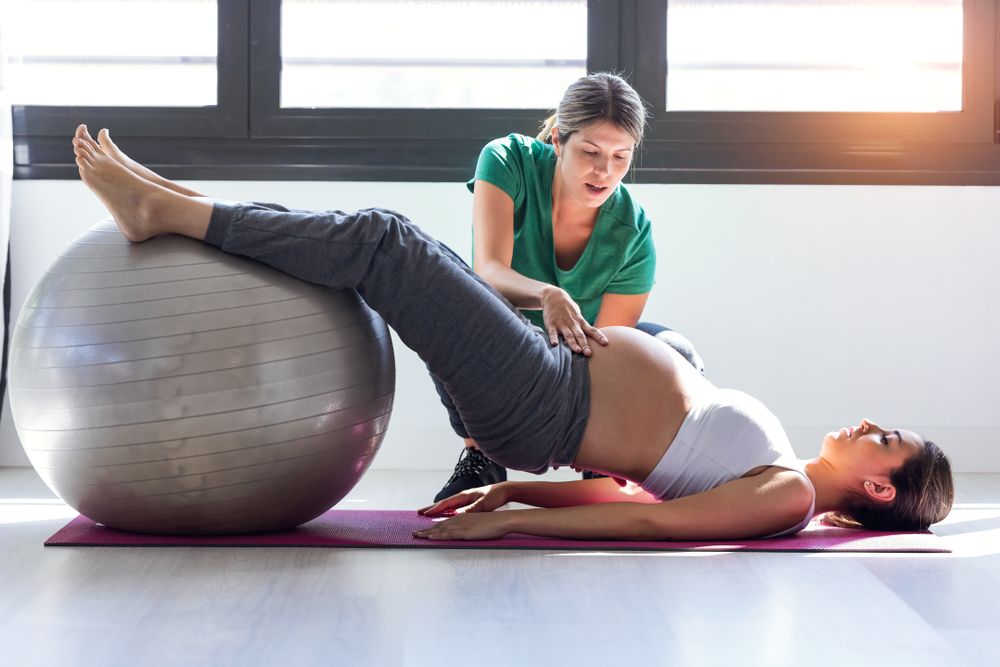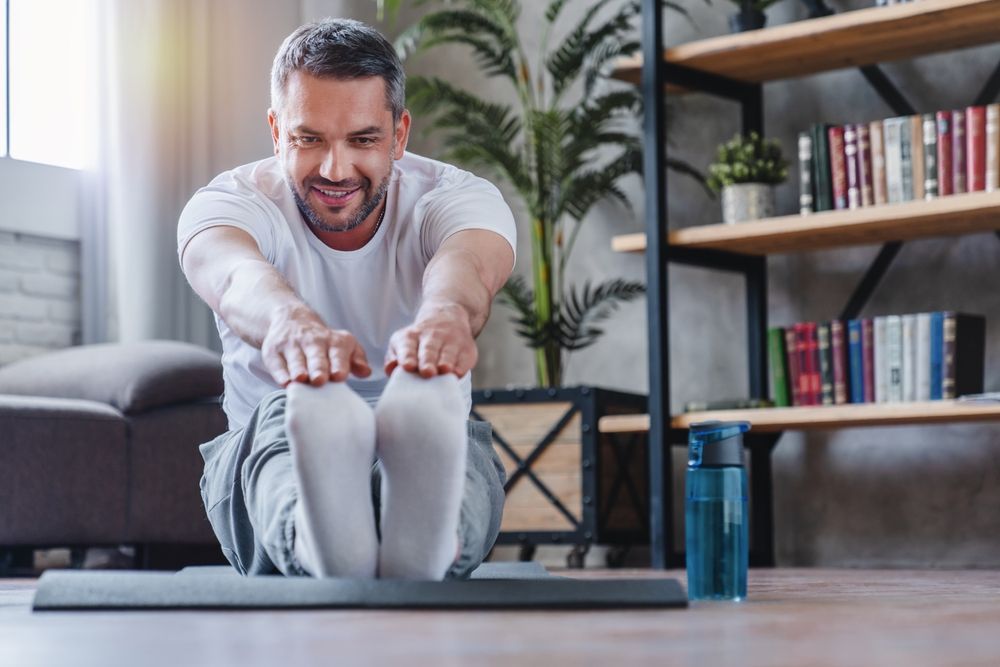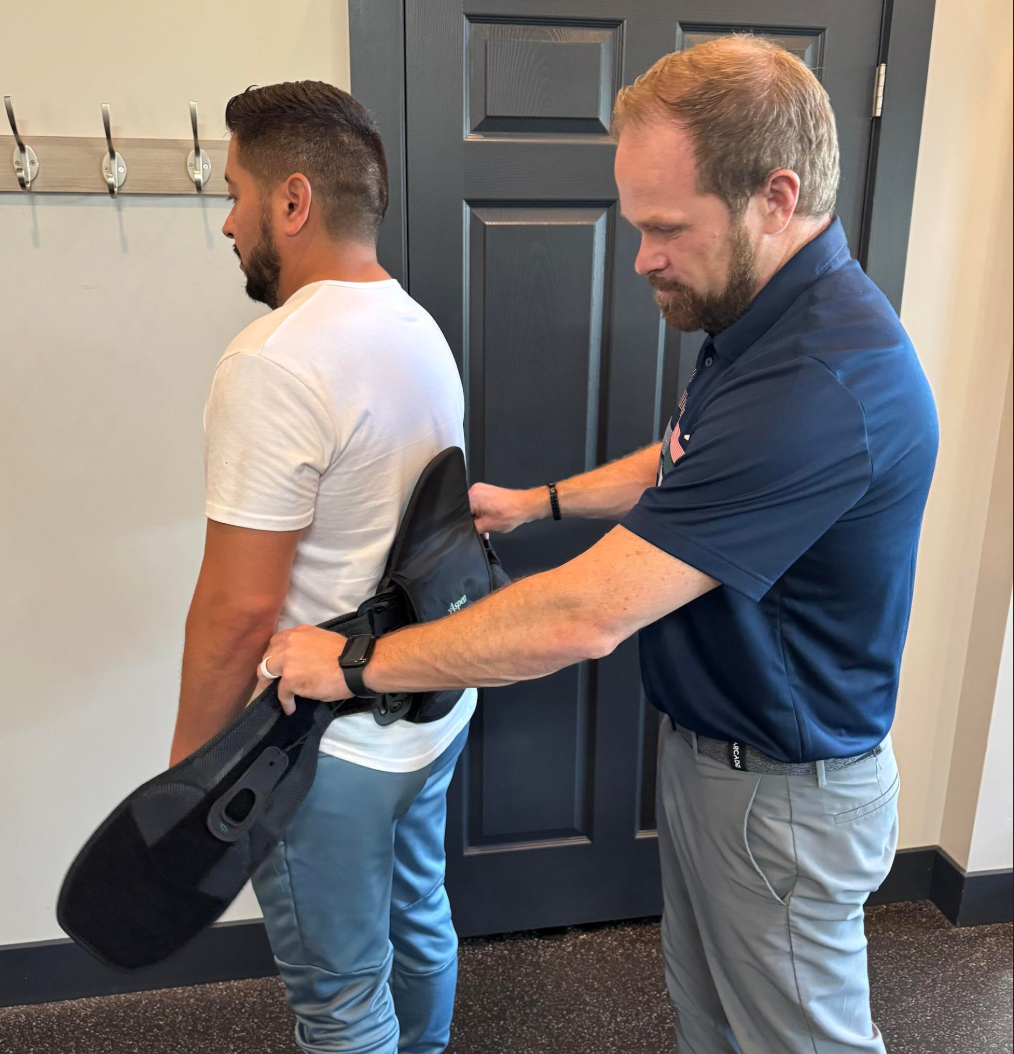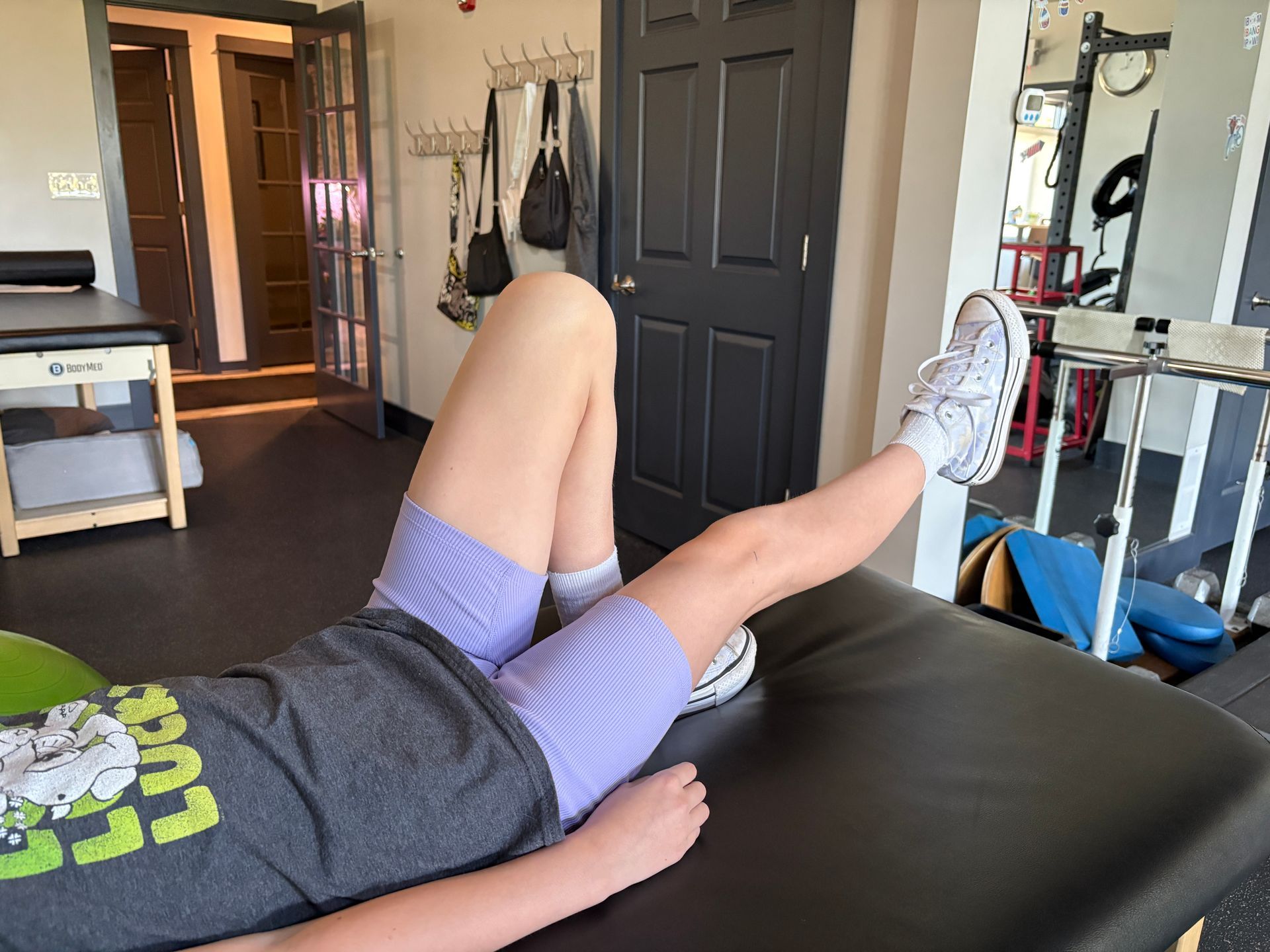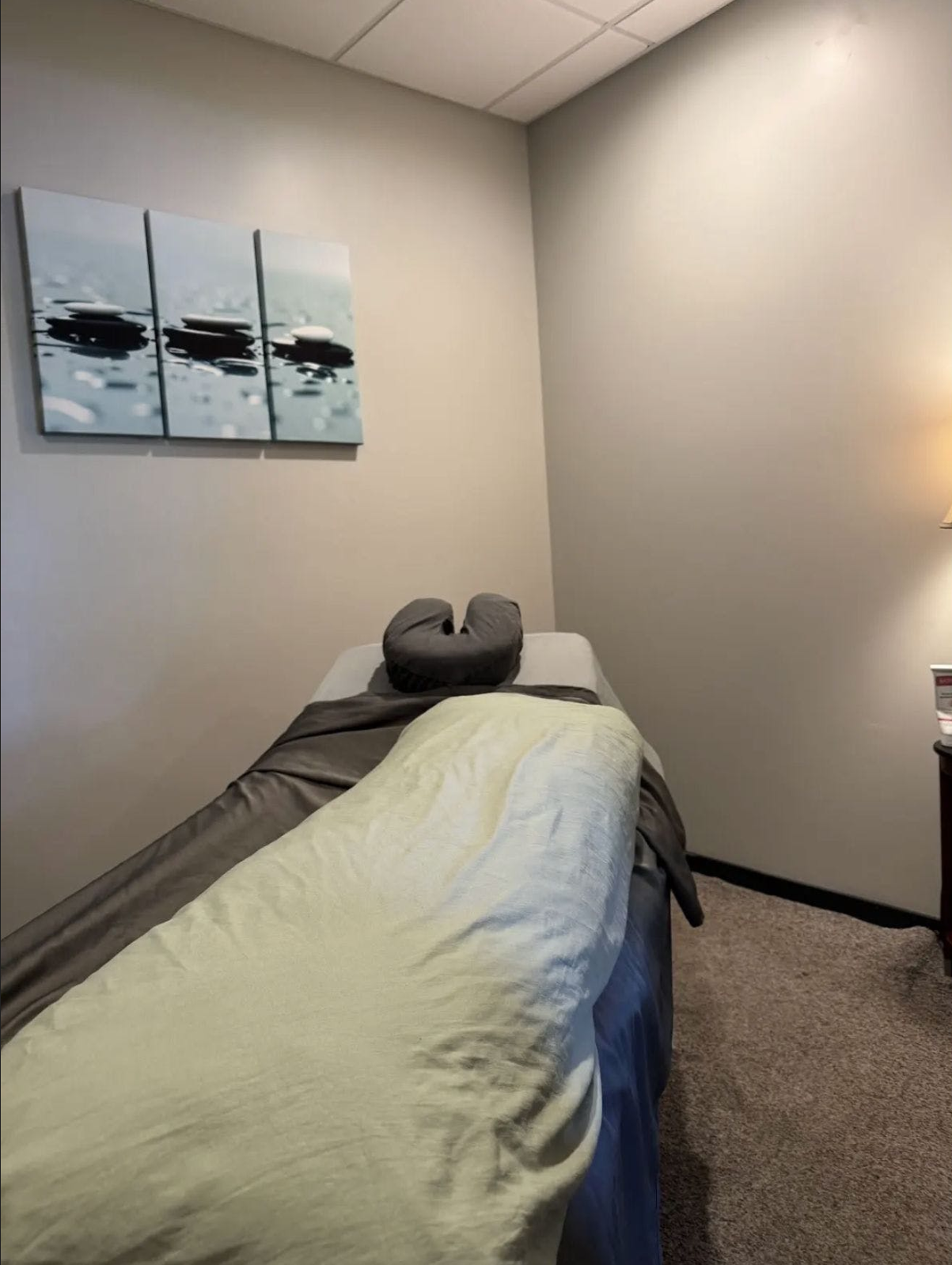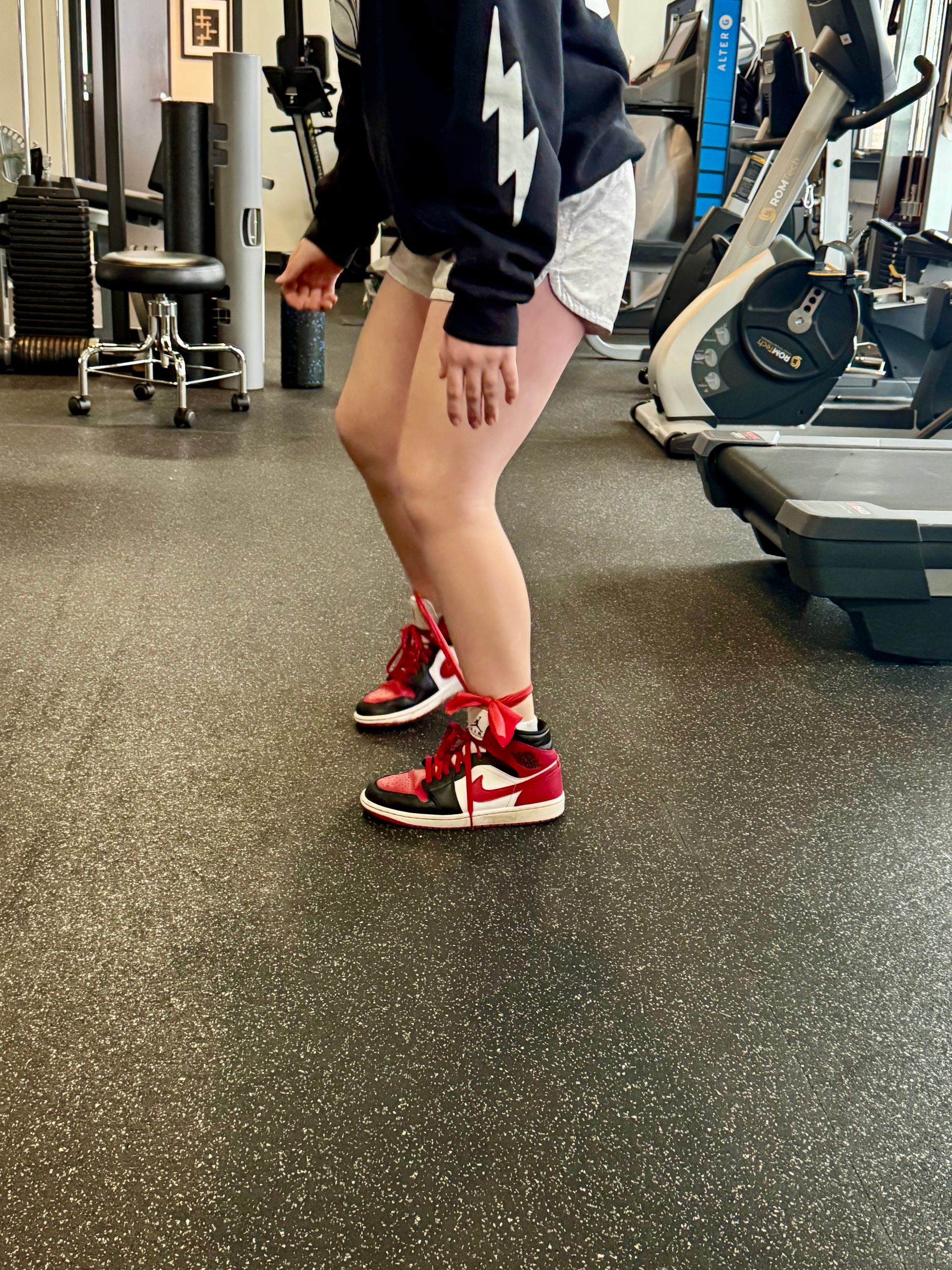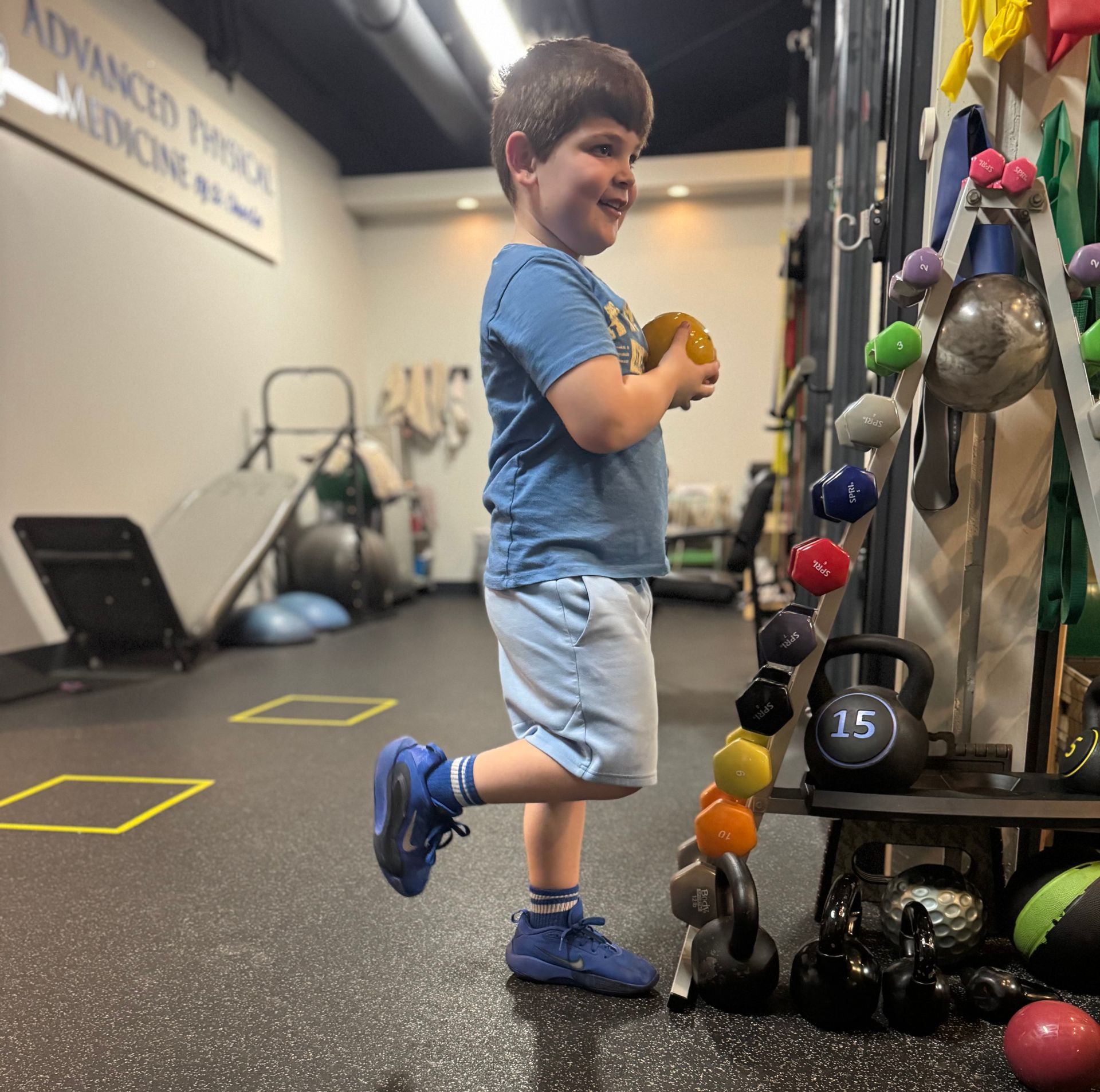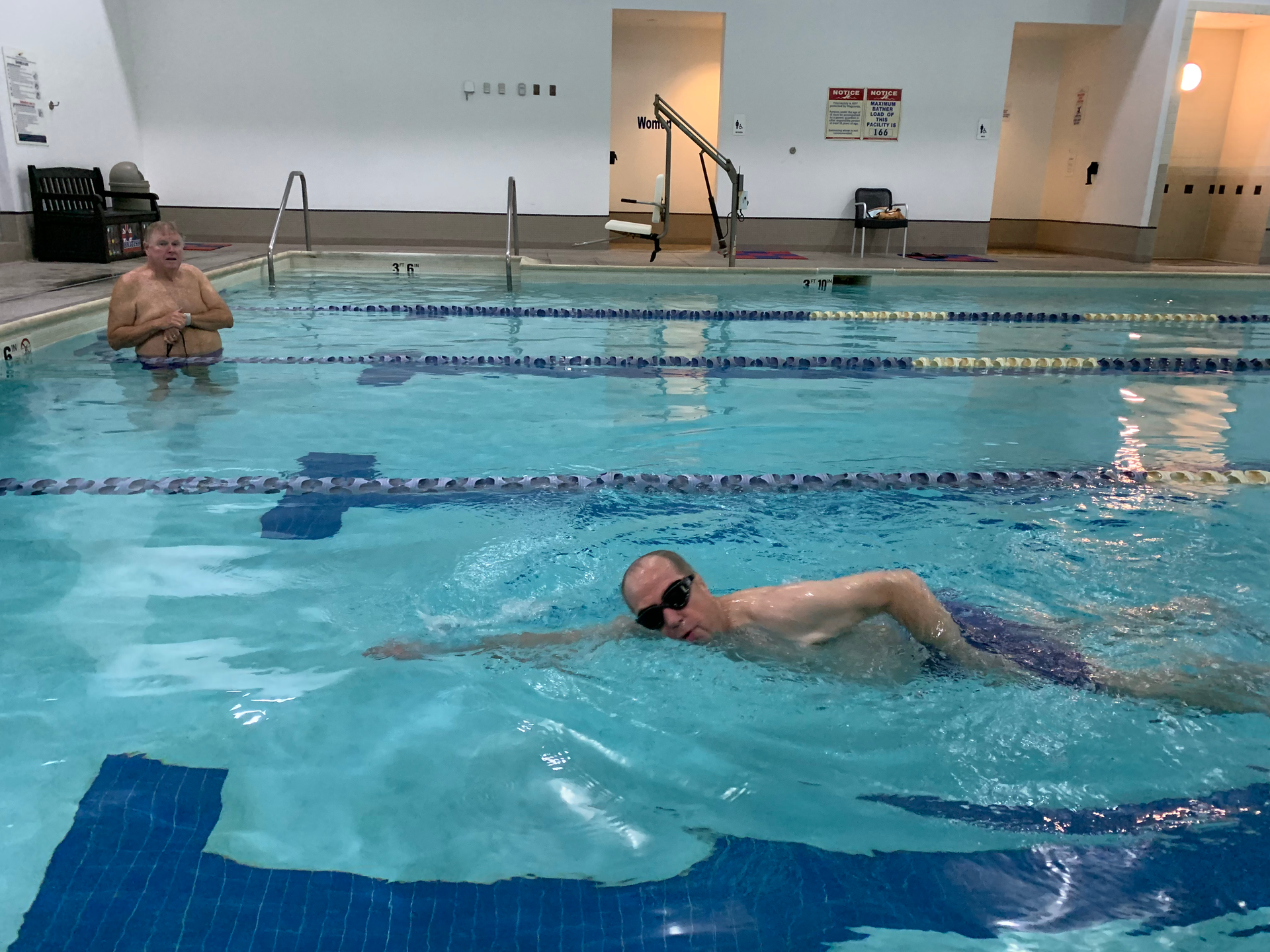Share this article:
Body tempering is a recovery technique that uses weighted steel rollers to apply steady pressure to muscles and soft tissue. Instead of stretching or actively moving through exercises, the weight does the work, compressing large muscle groups in a controlled way. The method was originally developed for strength athletes, but it has gained attention among therapists and trainers for its ability to promote recovery, reduce soreness, and improve flexibility.
Unlike traditional deep tissue work that relies on hands or tools to dig into muscles, body tempering distributes pressure more evenly across the tissue. This approach helps decrease muscle tightness while improving blood flow, leaving many people feeling looser and more mobile after a session.
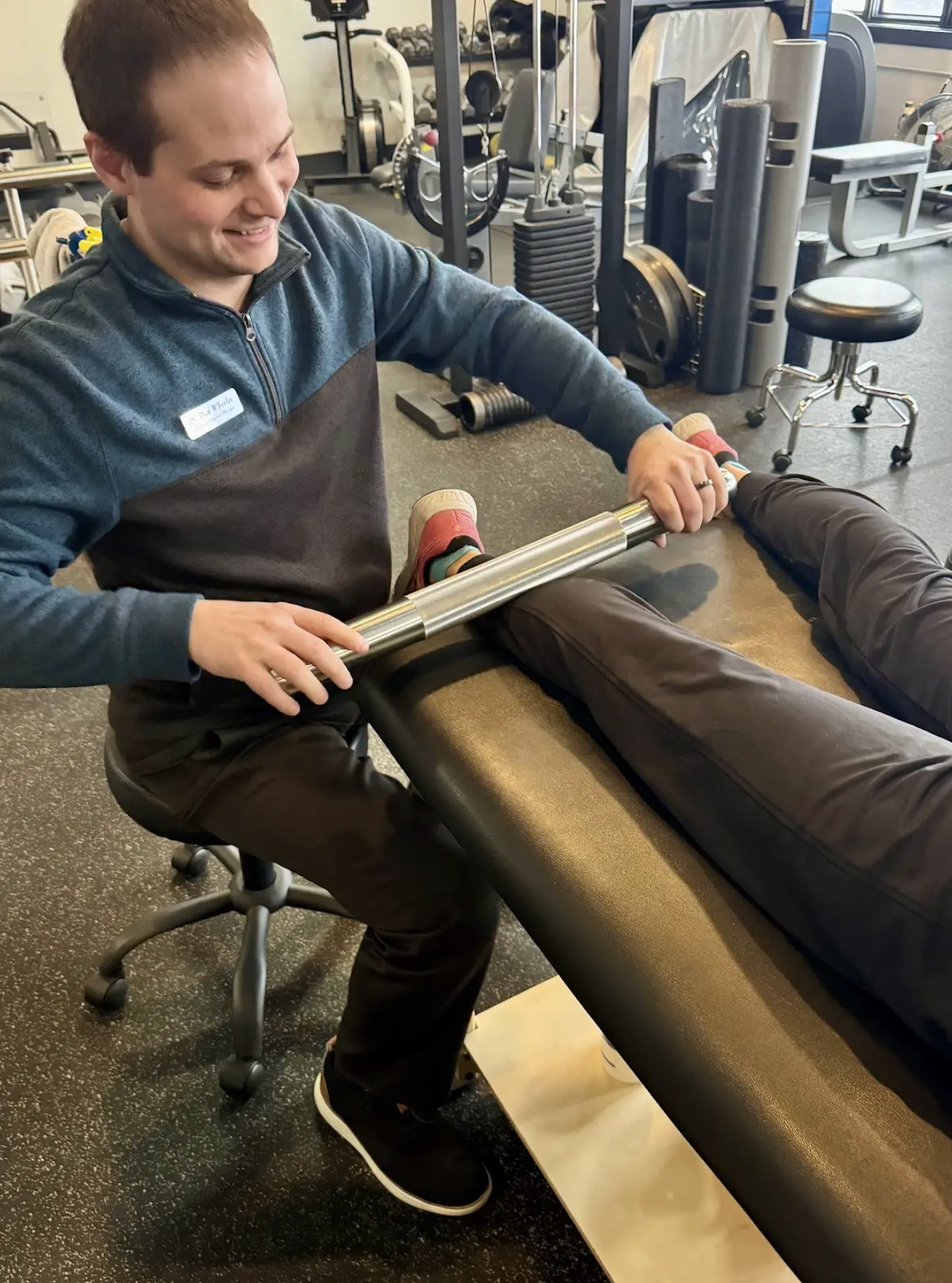
Who Can Benefit from Body Tempering?
Although body tempering was first popularized in the strength and powerlifting community, its benefits extend well beyond competitive athletes. Anyone dealing with muscle tightness, soreness, or limited mobility may find relief through this method.
Athletes who train at high intensity often use body tempering to speed recovery between sessions. Office workers who spend long hours sitting may experience relief in the hips, shoulders, and back after treatment. Even active adults who enjoy recreational fitness find it helpful for keeping muscles loose and improving range of motion.
Because the technique applies steady, controlled pressure, it can be adapted for many different body types and activity levels. This makes it a practical option for people looking to improve performance, reduce discomfort, or prepare their bodies for consistent activity.
Comparing Body Tempering to Traditional Recovery Methods
Many people are familiar with recovery approaches like foam rolling, stretching, or massage. Each of these methods has its place, but body tempering offers a different experience. Foam rolling often requires effort from the individual, which can be uncomfortable when muscles are already sore. Stretching improves flexibility but does not always provide the deep pressure needed to release tight tissue. Massage can reach specific areas but may not deliver the same level of broad, consistent compression.
Body tempering stands apart because the weighted roller applies continuous pressure without requiring active participation. This creates a deeper level of relaxation while addressing larger muscle groups at once. For athletes or anyone dealing with persistent tightness, the technique can feel more efficient and longer-lasting compared to traditional recovery practices.
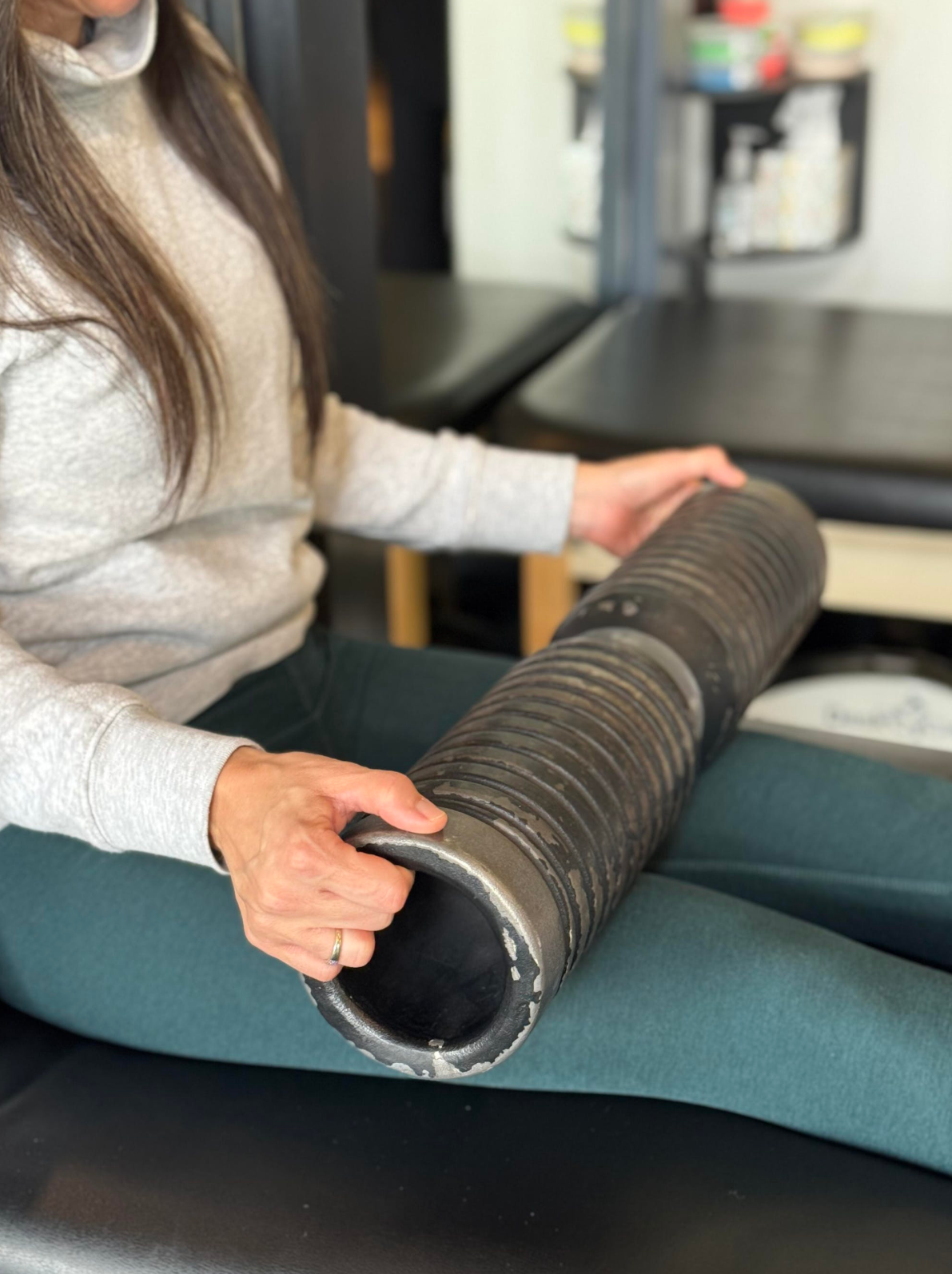
What to Expect During a Body Tempering Session
A typical body tempering session begins with an assessment to identify areas of tightness or discomfort. The practitioner then places weighted steel rollers across targeted muscle groups such as the quadriceps, hamstrings, or back. The pressure is applied in a controlled manner, often starting light and gradually increasing based on comfort and goals.
Sessions are usually calm and focused, allowing the individual to relax while the weight does the work. Many people describe the experience as intense but relieving, often leaving the muscles feeling looser and more prepared for movement afterward.
Body tempering can be scheduled on its own or combined with other treatments to support recovery and performance. It is especially valuable for those who want an advanced method to reduce soreness and improve mobility.
Interested in experiencing body tempering for yourself? Contact Advanced Physical Medicine of St. Charles today to schedule an appointment and learn how this technique can enhance your recovery and performance.
Connect with Us:

